Effective and potent steroid-based cream.
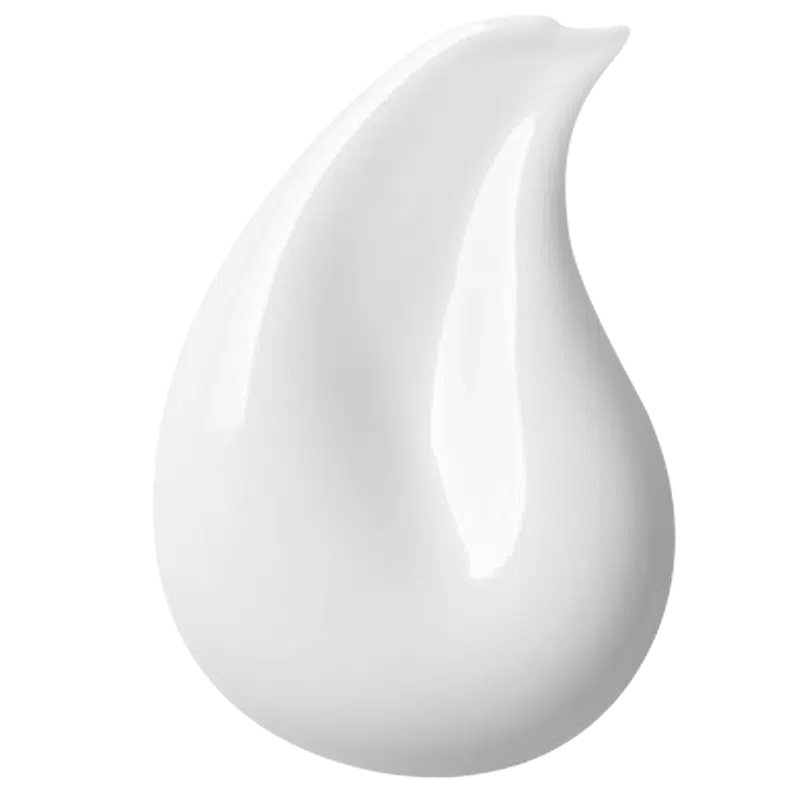
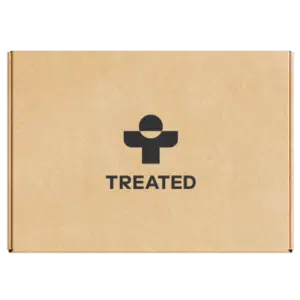
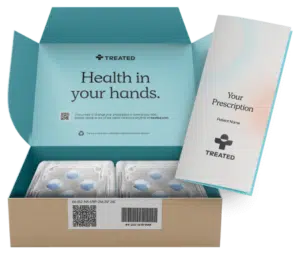
Elocon is a strong steroid that treats lesions and bumps on the skin caused by conditions like psoriasis, dermatitis and lichen planus.
We understand that skin conditions can be frustrating to live with. That’s why we want to make life easier for you. Order Elocon for lichen planus online and we’ll deliver it right to your door, when you need it.
Elocon 0.1% cream is a topical steroid that can reduce swelling and inflammation on your skin. It’s primarily used to treat psoriasis and dermatitis, but it can be prescribed for other skin conditions too, such as lichen planus. Lichen planus is a skin condition characterised by itchy, purple bumps on your wrist, ankle and lower back.
Lichen planus is an idiopathic condition (which means it develops spontaneously or the cause is unknown), which affects around 0.2-1% of adults worldwide. The bumps will eventually fade without treatment, but it’ll take 1-2 years. There’s no cure for it, but treatment can lower the time it takes for the bumps to heal.
Lichen planus causes purple bumps to form on your skin, caused by the release of inflammatory cytokines. Elocon contains the corticosteroid mometasone furoate, but it’s not fully understood how corticosteroids work to reduce inflammation.
Generally, corticosteroids like mometasone enter the nucleus in your cells and bind to specific regions on the genes involved in inflammation control. This triggers the release of anti-inflammatory chemicals and inhibits the production of pro-inflammatory molecules, which reduces inflammation and swelling caused by lichen planus. It can also lessen the redness and itchiness of the bumps.

How we source info.
When we present you with stats, data, opinion or a consensus, we’ll tell you where this came from. And we’ll only present data as clinically reliable if it’s come from a reputable source, such as a state or government-funded health body, a peer-reviewed medical journal, or a recognised analytics or data body. Read more in our editorial policy.
Adults and children over the age of 2 can use Elocon. To use Elocon, apply a thin layer of cream to the affected area once a day. It's best to apply the cream at the same time each day.
To make sure you’re using Elocon safely, do not:
It's important not to abruptly stop using Elocon if your skin gets better. Instead, gradually reduce how often you use it, to avoid side effects such as stinging and burning.
Your skin should show improvement after a couple of days of using it. If your skin doesn’t improve after 14 days, contact our clinicians.

How we source info.
When we present you with stats, data, opinion or a consensus, we’ll tell you where this came from. And we’ll only present data as clinically reliable if it’s come from a reputable source, such as a state or government-funded health body, a peer-reviewed medical journal, or a recognised analytics or data body. Read more in our editorial policy.
No FAQs data!
Lichen Planus. [Updated 2022 Oct 13]. In: StatPearls [Internet]. Treasure Island (FL): StatPearls Publishing; 2023 Jan-.
Comparative safety and efficacy of topical mometasone furoate with other topical corticosteroids. Australas J Dermatol. 2018 Aug;59(3):e168-e174.
A Novel Approach to Assess the Potency of Topical Corticosteroids. Pharmaceutics, 13(9).
Lichen Planus. Frontiers in Medicine, 8.
Comparative safety and efficacy of topical mometasone furoate with other topical corticosteroids. The Australasian Journal of Dermatology, 59(3), e168.
Elocon Cream - Summary of Product Characteristics - (SmPC)

Registered with GMC (No. 4624794)
Meet Daniel
Registered with GPhC (No. 2202465)
Meet Sanjeda
Registered with GPhC (No. 2070724)
Meet Craig We know health, but you know you.
Our experts tell you what’s safe, but you decide what’s best.
Answer a few questions and tell us about yourself. Get tailored advice from our clinicians so you can choose better.
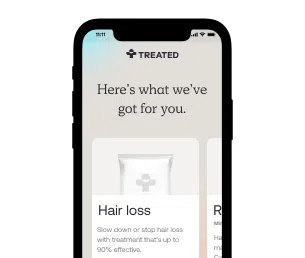
Choose your treatment and how often you have it delivered.
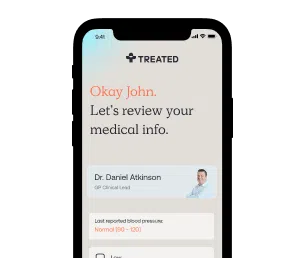
We know things change. It’s the nature of life. We’ll check in regularly to make sure your treatment is still right for you.
Pause. Change. Skip. Start again. Any time you like.
Always arrives on time and I’m kept informed of progress.
I have had it previously from my G.P so It worked as expected, extremely well. My problem is an accessing my G.P practice, they put ED well down their list of priorities. I found your service excellent, quick and efficient. I fully intend to continue using it
Shipping is speedy and the product is amazing.
Fast, slick service. Very easy to amend subscription when required.
All good.
Great service
Really helped me
Trusted service and great service - next day delivery and I can rely on them to send regularly.
Ordering was straight forward, tablets delivered promptly and well packaged, and instructions were clear, thanks.
100% recomended.Great service
Excellent service
Excellent delivery. Can’t fault.
Quick and efficient service, delivered discreetly the next day. Thank you.
Effective
Great service, no wait time
Great
Quick assessing for medicine suitability. Quick delivery and good communication throughout.
Straightforward and quick service!
Good however communication could sometimes be better
Easy and good procedure to get treatment
Excellent product
Excellent service!!! Ordered what I needed sent a picture of my prescription and the parcel arrived the next day!!! Will definitely order again and have recommended to others!!!
Fast shipping
Very quick service all round
So quick and simple. Recommend
Great
Very convenient hassle free service.
Easy to use good communication and fast shipping
Great service
Efficient no issues re delivery
Fabulous service
Brilliant service. Not a bad word to say!
It was fast, professional and it's the right med for what I selected in there.
This review requires content. Oh well..
Great service, quite effortless.
Top notch
Brill service
N/a
Excellent service quick and easy to use
Fast and exact order
Superb service and quick delivery 10/10
Excellent service
Thank you for fast delivery
Shipping is extremely quick and satisfiying
Good stuff
Good service
Great fast delivery
We're making healthcare more about you. Sign up to our newsletter for personalised health articles that make a difference.
Disclaimer: The information provided on this page is not a substitute for professional medical advice, diagnosis, or treatment. If you have any questions or concerns about your health, please talk to a doctor.
We couldn't find what you're looking for.
Here's everything we treat. Or, if you're looking for something we don't have yet, you can suggest something.
If there’s a particular treatment or condition you’re looking for, tell us and we’ll look into it for you.
Submit your question here, or tell us if you’ve found an issue on our site.
We’ll get back to you very soon. We aim to respond to all queries in one working day.
You’re signed up to our newsletter. Keep an eye on your inbox for our latest update.
By clicking 'Subscribe now' you're agreeing to our Privacy Policy.
We’ve sent you an email asking you to confirm your email address.